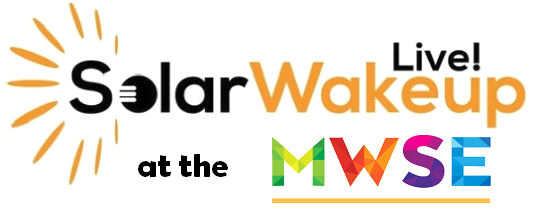By Frank Andorka, Senior Correspondent
A new Deloitte Global report, “Global Renewable Energy Trends,” indicates solar and wind are becoming the preferred electricity-generation sources worldwide.
There are three key reasons for the increase: price and performance parity with fossil fuels; better grid integration infrastructure and improving technology. In other words, solar and wind are now cost-competitive with fossil fuels and are delivering the same performance. As that continues (and other technologies like blockchain come into play), Deloitte expects the trends to continue.
“Demand for renewable energy sources has grown tremendously in recent years,” says Marlene Motyka, Deloitte U.S. and global renewable energy leader and principal, Deloitte Transactions and Business Analytics LLP. “Governments, communities, emerging markets, and corporations increasingly understand that renewables are sustainable and affordable, and they want them included in current and future procurement plans.”
Most exciting, the report indicates that although wind and solar are already among the least expensive energy sources available globally, they are nowhere near reaching peak deployment. As costs continue to fall and accessibility increases, the demand for renewables is growing rapidly, driven by:
Smart renewable cities:
Migration to the world’s cities has encouraged many cities to take a “smart” approach to their infrastructure using sensor technology and data analyatics to improve the quality of life, competitiveness and sustainability for their residents. As it happens, solar and wind are at the center of many of these developments because they help answer the challenges posed by constructing “smart cities,” including depollution, decarbonization and resilience while enabling clean electric mobility, economic empowerment, and business growth.
Community energy:
Piggybacking of community solar, storage and management systems allow communities more flexibility in adding renewables. They allow on-grid cities to power themselves off te gird, and off-grid communities can keep their investments local, building economies based on the electrification of areas that had previously been electricity-free.
Emerging markets: Though the innovation in solar and wind have traditionally been considered the province of wealthier nations, that is increasingly less the case. Emerging markets are developing renewables at a pace that will soon overtake that of the developed world. As a result, emerging markets are where the innnovations are now coming from – innovations, by the way, that could eventually help developed countries, too.
Corporate involvement: As we’ve seen in the United States, corporations are also leading the renewable energy revolution, With the advent of power purchase agreements (PPAs) and aggregation (for smaller corporations), two thirds of Fortune 1000 companies have set renewable energy targets – meaning this revolution has hit the C-Suite and could be unstoppable as they race to outdo each other in their commitment to solar and wind energy.
“Wide-scale integration of renewable energy sources is no longer a question of if, but when,” Motkya said. “Countries such as China, the United States, and Germany have already reached price parity for certain renewable sources. With prices continuing to drop, developed countries and emerging markets alike have the ability to integrate renewables into their grid systems to ensure competitive advantage.”


